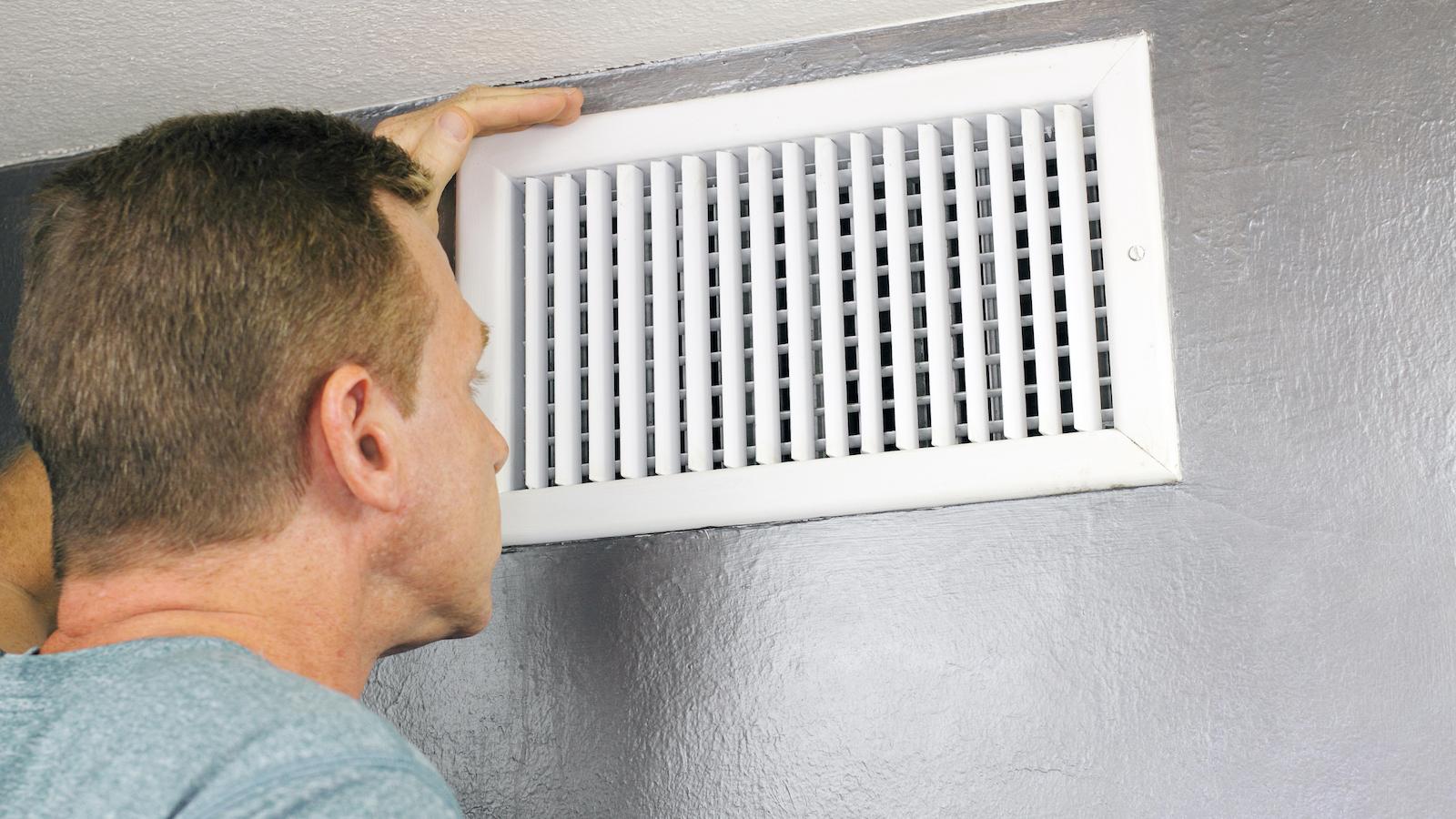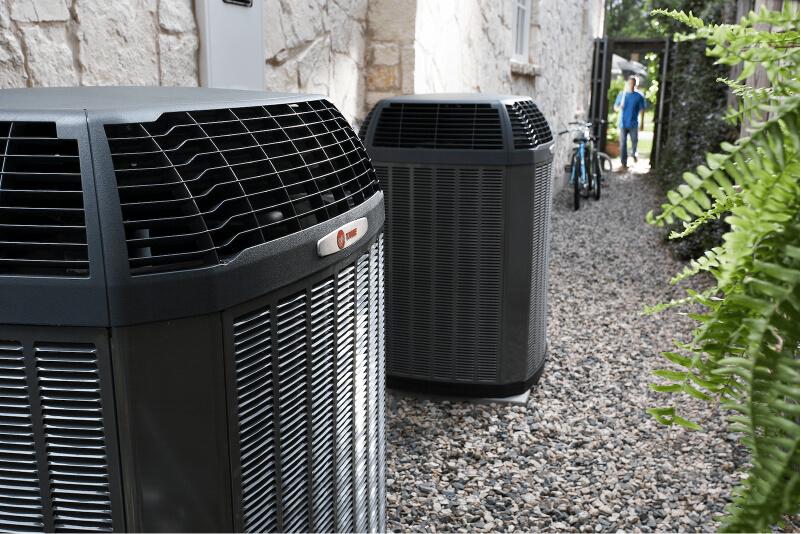Why Is My Heater Not Working? Your Common Furnace Problems Answered
Prepare for cooler weather with answers to the most common heating system questions.
Fall is finally here—a time for pumpkin spice, festivals, crisp days, and cool nights. Fall is also the first time most of us turn our heat on. What should you do if you turn on your furnace, but your heat doesn’t work?
Now is the perfect time to prevent furnace problems so that when winter comes, you aren’t surprised to find your heater not working or your furnace needs repair. A malfunctioning furnace can leave you shivering in the cold and needing immediate (and expensive) heater repair. However, many common furnace problems can be resolved through troubleshooting, maintenance, or professional assistance.
Explore the common reasons why your heater won’t turn on and get answers to help you get your furnace running efficiently.
8 Reasons Why Your Heater is Not Working
1. Does your furnace need maintenance?
One of the more common reasons for furnace problems is a lack of regular maintenance. Over time, dust, debris, and normal wear and tear can affect your heating system, reducing efficiency and causing potential breakdowns. If you haven't had your furnace serviced recently, it's a good idea to schedule a professional maintenance checkup. Regular maintenance from your local Trane technician can catch minor issues before they become major problems and help extend the lifespan of your furnace.
2. Is your thermostat working properly?
Sometimes, the problem isn't that your heat won’t turn on, but the thermostat is not working properly. If your heater isn't producing heat, check your thermostat settings. Ensure it's set to the desired temperature and switched to the "heat" mode. If your thermostat is battery-powered, replace the batteries to rule out this simple issue. If you have a programmable thermostat, verify that the programmed schedule is correct.
3. Do you have dirty or clogged filters?
Clogged or dirty air filters can significantly reduce the airflow in your heating system, causing it to overheat or shut down. When filters are dirty and congested with dust and debris, it's essential to replace them regularly, ideally every 1 to 3 months, depending on usage. A fresh filter ensures efficient operation and better indoor air quality.
4. Is your pilot light on?
For gas furnaces, a malfunctioning pilot light or ignition system can prevent your furnace from producing heat. If you have an older furnace with a pilot light, check if it's lit. If it's out, follow the manufacturer's instructions to relight it safely. For newer furnaces with electronic ignition systems, a professional technician may need to diagnose and repair any issues.
5. Are your vents or ducts blocked?
Blocked or obstructed vents and ducts can hinder the distribution of warm air throughout your home. Ensure that all vents are open and unblocked, allowing air to flow freely. Additionally, check for any visible damage or leaks in your ductwork, as these issues can also reduce heating efficiency.
6. Is there a lack of fuel supply?
If your heat won’t turn on and you have an oil or gas furnace, a lack of fuel supply can be the culprit behind your heating woes. Ensure that your fuel source (gas or oil) is turned on and that there are no interruptions or issues with the supply line.
7. Is there a tripped breaker or blown fuse?
For electric furnaces, electrical problems such as a blown fuse or a tripped circuit breaker can prevent the heating elements from functioning correctly. Check your electrical panel for any tripped breakers or blown fuses and reset or replace them as needed.
8. Does your furnace need to be replaced?
Finally, it's worth considering the age of your furnace. Like all appliances, furnaces have a finite lifespan. If your heating system is old and has been giving you consistent trouble, it may be time to invest in a new, more energy-efficient furnace. Newer models are not only more reliable but also more cost-effective in the long run.
Prevent Furnace Problems: 5 Ways to Prepare Your HVAC System for Cooler Months
Fortunately, there are things you can do this fall to keep your heater running all winter. With some strategic adjustments and smart practices, you can enjoy a comfortable home while also being energy-conscious, saving time and money.
Here are some HVAC tips to keep your heater running in the winter and avoid last-minute furnace repair while remaining energy-efficient:
1. Ensure your home is properly sealed and insulated.
Before you turn up the heat, make sure your home is properly sealed and insulated. Leaky windows, doors, and gaps in your home's structure can let cold air in and warm air out. Use weatherstripping, caulk, and insulation to seal these gaps. Proper insulation in your attic, walls, and floors can significantly reduce heat loss.
2. Program your thermostat.
Invest in a programmable thermostat or a smart thermostat if you haven't already. These devices will allow you to set different temperatures for different times of the day. Lower the temperature when you're away from home or when you're sleeping, and raise it when you're awake and at home. This can lead to substantial energy savings without sacrificing comfort.
3. Use zoning systems.
Zoning systems allow you to heat specific areas or rooms in your home independently. This can help you avoid heating rooms that are not in use, which is particularly useful for larger homes. Zoning systems provide customized comfort while saving energy.
4. Schedule seasonal maintenance.
Schedule regular maintenance for your HVAC system. A well-maintained system operates more efficiently and lasts longer, needing less last-minute furnace repair. Change air filters regularly (usually every 1 to 3 months) to ensure proper airflow. A clogged filter can restrict airflow and reduce your system's efficiency.
5. Ensure your equipment is energy-efficient.
If your HVAC system is old and inefficient, consider upgrading to a more energy-efficient model. Modern heating systems are designed to be more environmentally friendly and cost-effective in the long run.
Contact a Professional for Heater Repair
A heater that doesn’t work can be frustrating, uncomfortable, and, in extreme cases, dangerous during the cold winter months. Still, many common furnace problems can be resolved with some basic troubleshooting or the help of a professional technician. Regular maintenance, changing filters, and being attentive to your heating system's needs can go a long way in preventing issues and ensuring a warm and cozy home throughout the winter season.
However, you can be comfortable all winter while also being energy-efficient. Not only will you reduce your heating costs, but you'll also contribute to a greener and more sustainable environment. A combination of proper insulation, smart thermostat use, regular maintenance, and energy-conscious habits can make a significant difference in your home's winter comfort and efficiency.
Don't hesitate to call your local Trane technician to diagnose and repair your furnace, ensuring your comfort and safety during the coldest times of the year.




